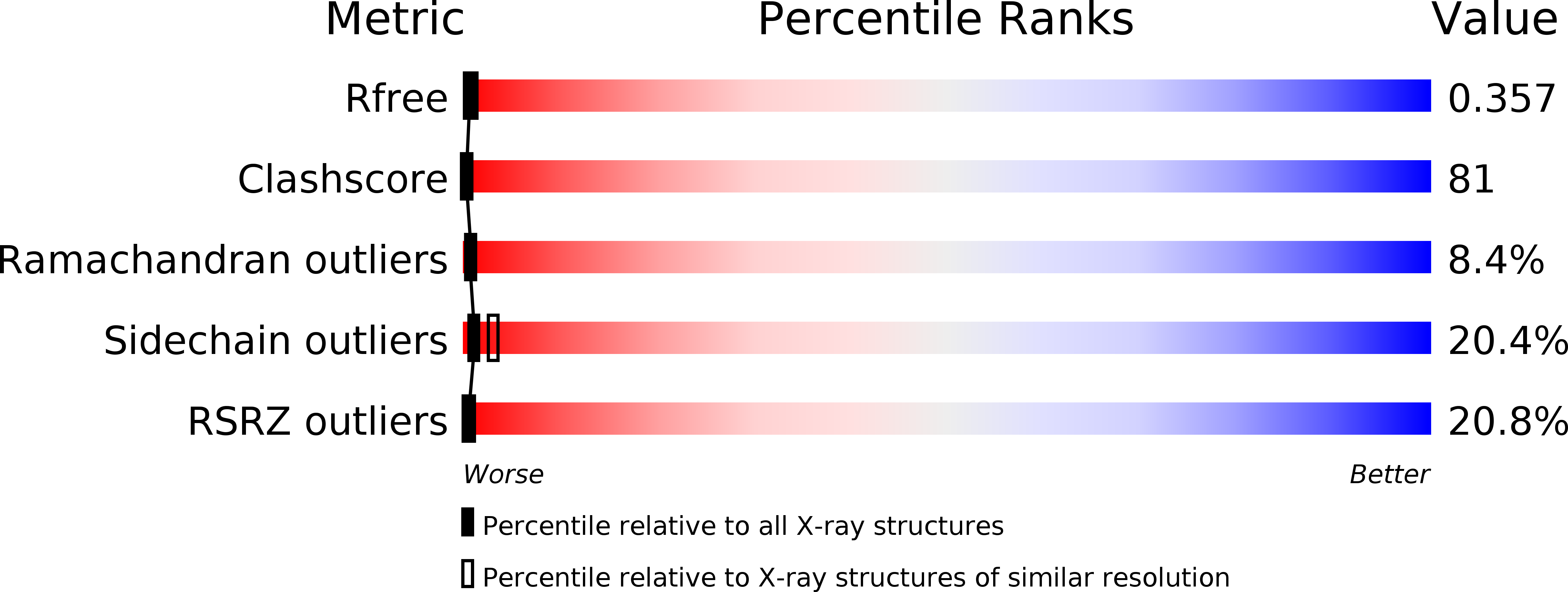
Deposition Date
2015-09-02
Release Date
2016-03-02
Last Version Date
2024-03-06
Entry Detail
PDB ID:
5DJW
Keywords:
Title:
Crystal structure of Family 31 alpha-glucosidase (BT_3299) from Bacteroides thetaiotaomicron
Biological Source:
Source Organism:
Host Organism:
Method Details:
Experimental Method:
Resolution:
2.70 Å
R-Value Free:
0.38
R-Value Work:
0.32
R-Value Observed:
0.33
Space Group:
P 1 21 1


